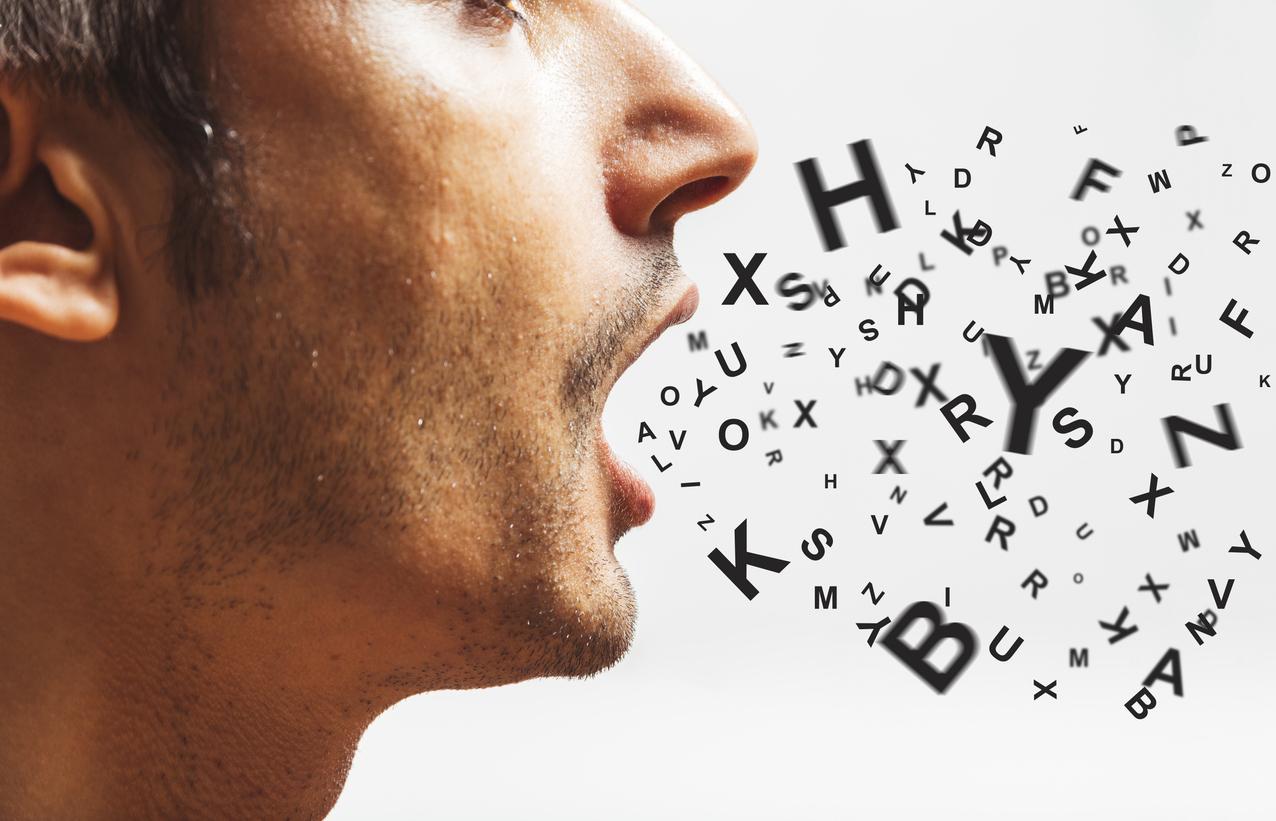
Indirect and direct method of treatment
Worldwide there are about 60 million people who stutter. One repeats syllables, words or phrases. The other hangs on certain letters, keeps sounds for a long time or blocks them completely. A stuttering therapist can help you to speak fluently again.
Stuttering is partly in the genes. There is still a lot of uncertainty about the exact functioning of the speech system. MRI research has shown that the control of the speech system in the brain works differently in people who stutter.
Open stuttering is very noticeable due to the blockages, repetitions and unwanted pauses. In addition, many stutterers have hidden stuttering: avoiding difficult words, fear of speaking and feelings of inferiority.
Communication
Stuttering sometimes causes major problems in communicating with others. People who stutter (IBS) often find it difficult to talk to others because of the hesitations, repetitions and pauses in their speech. Their environment also sometimes makes conversations difficult because people comment, give well-intentioned advice or finish a stutterer’s sentences.
Growing over it
The Netherlands has about 170,000 adult stutterers. Nearly 80 percent of children who stutter outgrow it in 5 years. The treatment that the other children often receive is called the ‘indirect’ method and is mainly used in Europe and America. The factors that contribute to stuttering are addressed here. Another treatment is the ‘direct method’, which mainly Australian therapists use and works with compliments.
Indirect method
In order to map stutter triggers, a diagnostic investigation is first performed in the indirect method. In this examination, the therapist also looks at other speech therapy or psychological disorders that may have an interface with stuttering. For example, sometimes a child stutters because he feels small and unimportant or others bully him. Or the rapid speech of parents causes a child to talk faster than his speech system can handle.
Based on the results of the examination, the therapist draws up an individual therapy plan. In the therapy phase, he may include the other disorders. So there is an integrated approach. Parents also learn to (temporarily) adapt their way of communicating to the stutter.
Working on hidden stuttering
The technical aspect of this treatment consists of two parts: stuttering modification and fluency shaping. In stuttering modification, a stutterer learns to stutter ‘fluently’, while in fluency shaping the aim is to achieve a more fluent speech. These different aspects are offered in an integrated manner in modern therapies and, in addition, work is always being done on the hidden stuttering.
Immediate treatment
Although the indirect method works for most children, it does not work for everyone. In that case, the direct method is still an option. This direct method is mainly about giving compliments when a child who stutters speaks well. In this way, the child will associate the compliments with fluent speech. So a kind of conditioning. If a child still stutters despite the reassuring words, you name it (“Oops, I heard a stutter there”).
Research has shown that the direct and indirect methods both give the same result after 18 months.
Stuttering therapist or speech therapist?
A stutter therapist has both theoretical knowledge and specific therapeutic skills. They are usually speech therapists, but sometimes also psychologists or remedial educationalists. They follow a course of the European Clinical Specialization in Fluency Disorders (ECSF) and are officially called ‘European Fluency Specialist’.
In order to retain this title and to be recognized by the Dutch Association for Stuttering Therapy (NVST), stuttering therapists are required to undergo regular further training, so that they can keep up with developments in the field.
Stuttering therapists are concerned with:
- Encouraging prevention and early intervention in children at risk of stuttering.
- Diagnostic work and giving therapy to stutterers.
- Extra therapy options such as group treatments, parent meetings and family counseling.
- Working together with colleagues, speech therapists or other care providers for consultation, supervision, intervision and advice.
- Contributing to and conducting scientific research.
- Educating parents, doctors, teachers, government agencies, insurers and others.
Complex problem
Speech therapists are trained to deal with a wide range of complaints related to oral communication. This includes the treatment of stuttering. However, stuttering can be such a complex problem that sometimes extra knowledge and skills are needed to properly manage it. The emotional and social aspects of stuttering require a good knowledge of, for example, psychological and behavioral therapy principles. Fluency training requires different techniques than ‘normal’ speech exercises. A stuttering therapist learns this during the ECSF’s one-year course. There are also speech therapists who have received additional training in stuttering, without being a stuttering therapist. In principle, the less complex stuttering problem can also be guided by a speech therapist.
Is stutter therapy reimbursed?
Stutter therapy is not included in the basic insurance. The reimbursement varies per supplementary insurance and per therapist. So inquire about this with your health insurance company. You can find a stuttering therapist recognized by the NVST through your general practitioner, speech therapist or through the website of the NVST.















